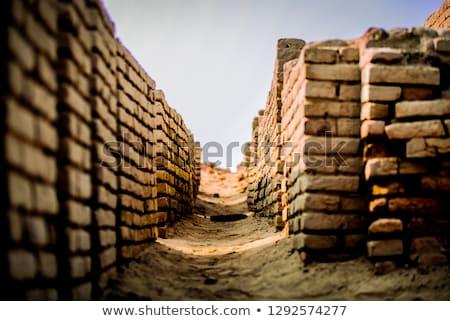Owners building houses today mostly borrow huge amounts of money, which takes about a lifetime to repay back. As real earnings have been declining, real estate prices continue rising, it is trapping people into 20+ years of mortgages. Although in India, the family size has been decreasing; their houses have been getting bigger. This mostly is not suitable for the lifestyle as they end up spending a lot more on maintenance, power, & energy.
Modern building technologies are very harmful to the environment, builders, & the residents themselves. As resources are diminishing it is very important to reuse materials. Modern building techniques are a massive creation of waste.
Globally people have realised this mistake and are turning their lifestyles to a sustainable one. Many of them are choosing to live in a natural building.
Natural building is “any building system that places the highest value on social and environmental sustainability” according to Michael G. Smith. Natural buildings or green buildings utilize less mechanical support and energy. However, they are built relying on man power, locally available materials, renewable materials & re-use of salvaged materials. It typically also integrates electricity production (solar, wind or biomass), water catchment, water recycling, alternative waste-treatment, passive heating & cooling systems.
A few thousand years ago, before the industrial revolution which emphasized mass production (harmful & cheap) people always lived in union with nature. Indian architecture is a prime example of drawing nature into our shelters. They designed buildings which extracted maximum benefits from nature. Major materials used were clay, lime, stone, mud, brick, bamboo & timber. These structures have lasted for millennia – Havelis of Rajasthan, temples, caves, forts, & other monuments.
In the prehistoric era, before man learnt how to build shelters, he took shelters in caves or high up in the trees to protect him from the animals. The first dwelling a man created is believed to be made of branches & stones at the bottom to hold the branches in place. He then slowly learnt to make tools to help build more shelters. As the tools advanced, so did the building materials, form and shape providing them stability, security & comfort. In due course, earth was used to make structures and advanced to sun dried earth blocks.
The first ancient civilization of India (present day Pakistan) during the Neolithic age, Mehrgarh (7000 BC-5000 BC) had mud brick houses. Figurines of terracotta, clay & stone have been found. During the Bronze Age, the Indus Valley Civilization (3300 BC – 1300BC; mature period 2600 BC – 1900 BC) had a population of about 5 million residents. The homes of these residents were built with either baked or clay bricks. There was no use of stone. They used wooden beams covered with clay & reed for their roof structures. Floors were made of beaten earth. Rooms were paved with terracotta cakes. The Great Bath of Mohenjo Daro was made of finely fitted bricks with gypsum plaster & a thick layer of bitumen along the sides & bottom to prevent water leakages.

Ancient Indian texts (Vedas, Upanishads, Puranas, Shilpa shashtra and several others) have detailed information about architecture and engineering sciences. These texts include several topics such as – softening & breaking of stone, manufacture of bricks and tiles, glazing of ceramic pots, natural dyes, lime mortar, water proofing, natural glues to bind different materials together, designing and making tools, colour therapy, vastu etc.
The Mauryans, Guptas, Chalukyas, Pallavas, & the Hoysalas used locally available materials for their construction. Stone, mud, wood, & adobe were used extensively. These structures have stood and spoken about the strength and grandeur for thousands of years.
Our forefathers have always had the knowledge and resources to help build structures that least harm the environment around us. These construction techniques could be labour intensive. But they have low carbon footprint, low maintenance, low operation costs, enhance indoor environment quality, etc. Using the present day advanced technology we should consciously put an effort to help recoup our planet’s green.

